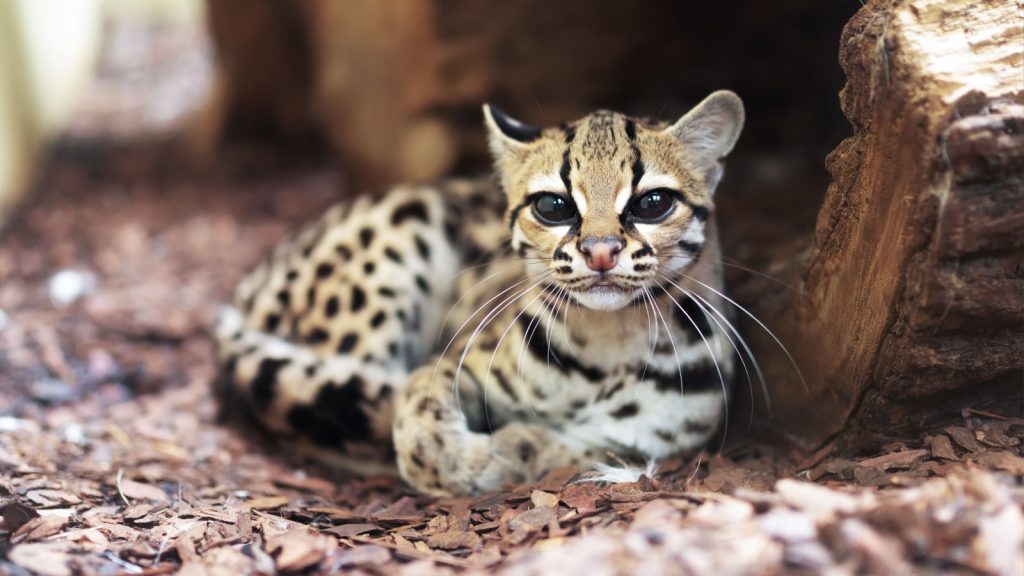Ocelots, with their striking spotted coats and mysterious nature, are fascinating creatures, often over-shadowed by their bigger relatives like lions and tigers. These medium-sized wild cats are native to the Americas, ranging from the southwestern United States to northern Argentina. Despite their wide distribution, ocelots are incredibly elusive and are rarely seen in the wild. While we don’t have wild ocelots here in the UK, they’re still remarkable creatures.
Night Vision Ninjas
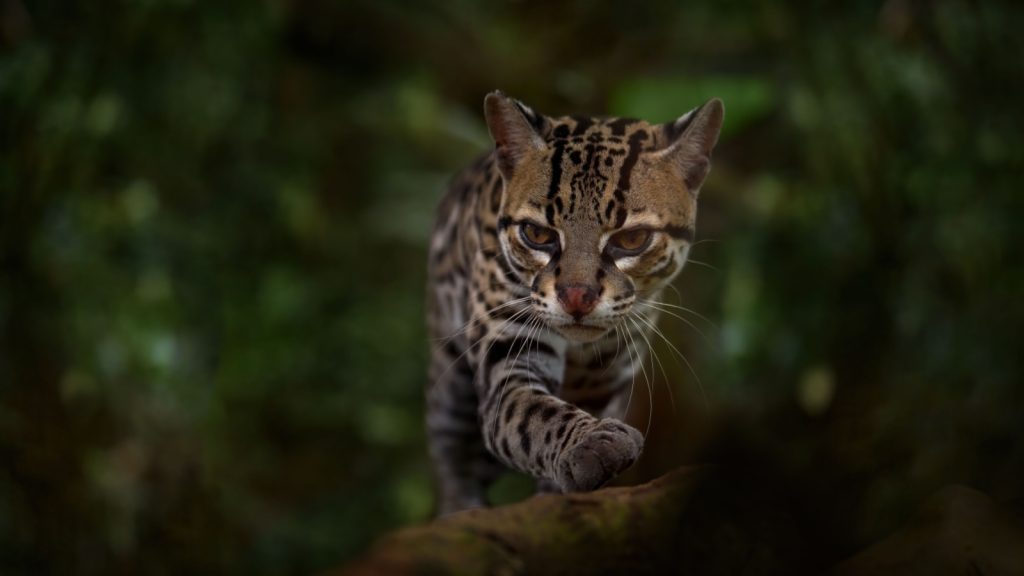
Ocelots are nocturnal, which means they’re most active at night. Their large eyes are specially adapted for low-light conditions, allowing them to see six times better than humans in the dark. This exceptional night vision makes them expert hunters under the cover of darkness.
Solitary Spirits
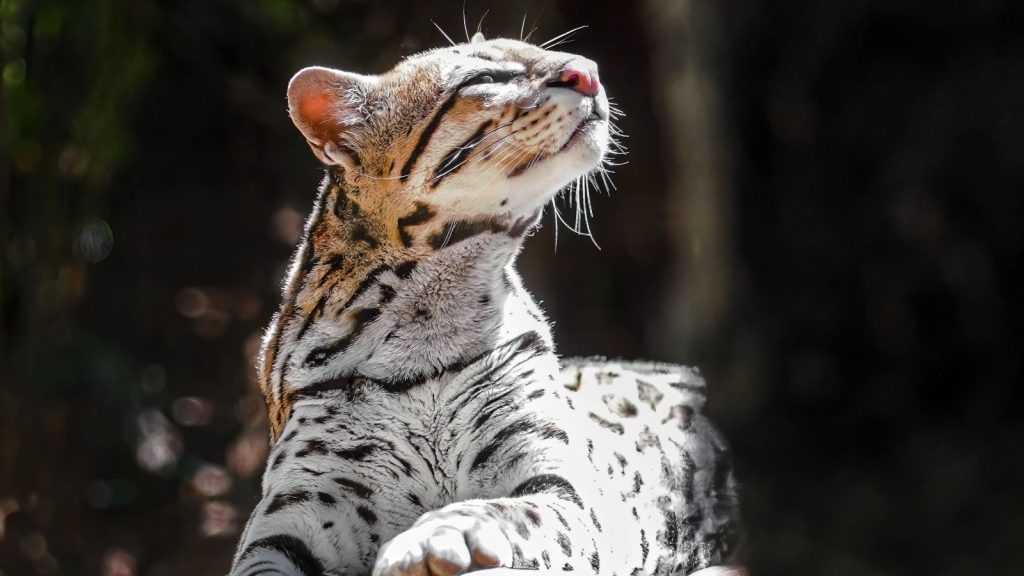
Unlike lions or other social cats, ocelots prefer to live alone. They’re territorial animals, with males and females only coming together for mating. Each ocelot has its own territory, which it marks with scent to ward off other ocelots.
Swimming Champions
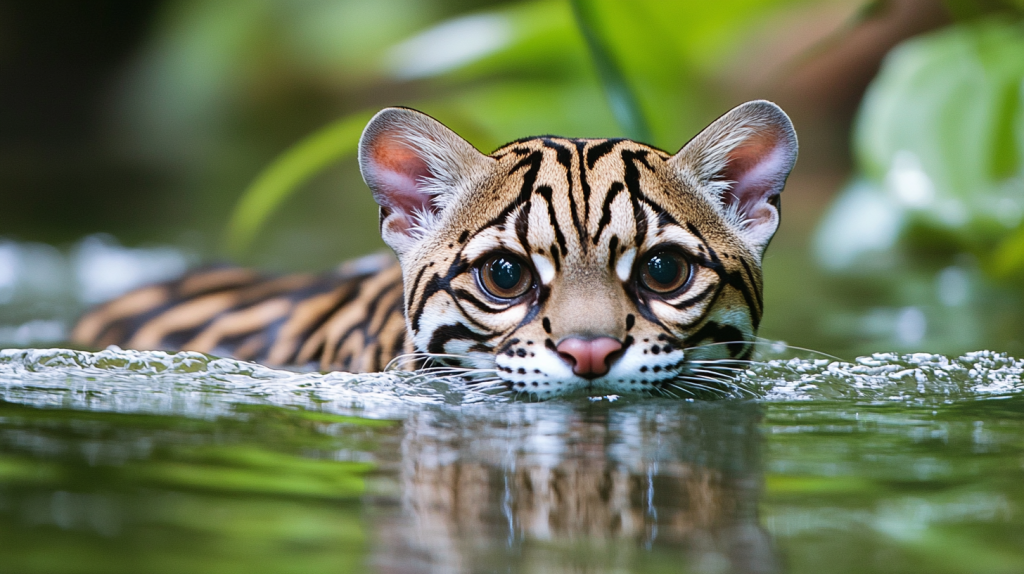
While many cats avoid water, ocelots are excellent swimmers. They often live near water sources and don’t hesitate to take a dip to cool off or catch prey. Their swimming ability also helps them cross rivers and streams as they move through their territory.
Vocal Virtuosos

Ocelots have a wide range of vocalizations, including purrs, meows, growls, and even bird-like chirps. They use these sounds to communicate with other ocelots, especially during mating season. Their ability to produce such varied sounds sets them apart from many other wild cats.
Climbing Experts
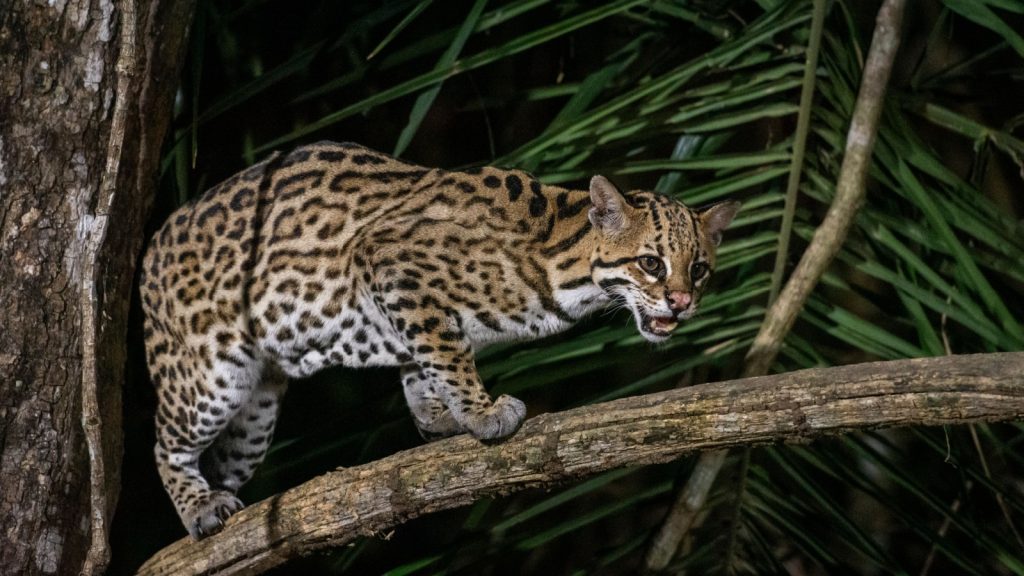
With their strong, muscular bodies and sharp claws, ocelots are skilled climbers. They can easily scale trees to hunt, rest, or escape danger. Some ocelots even prefer to sleep in tree branches, safe from ground-based predators.
Carnivorous Cuisine
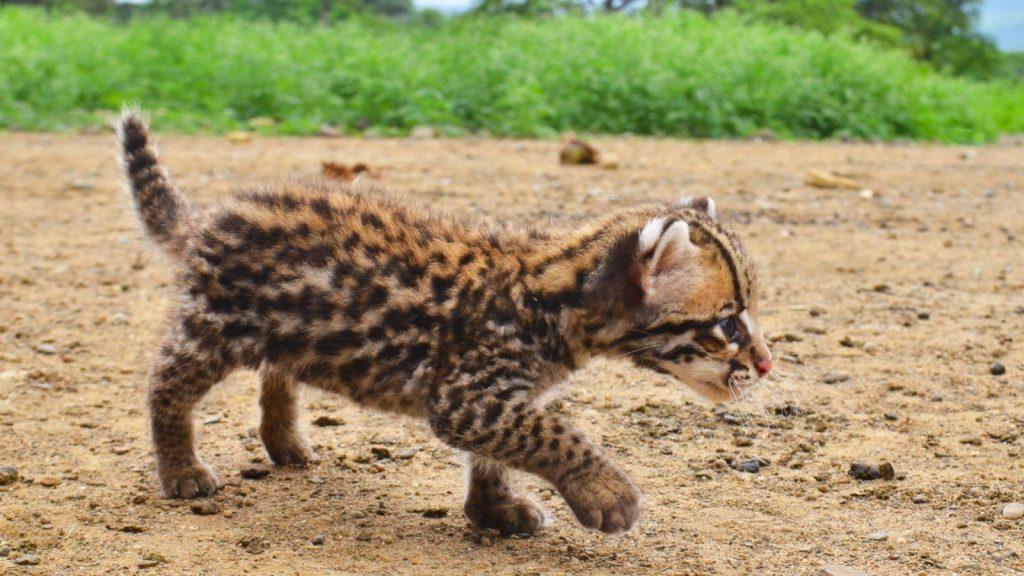
Ocelots are strict carnivores, feeding mainly on small mammals, birds, and reptiles. Their diet can include rabbits, rodents, iguanas, fish, and even small monkeys. They’re opportunistic hunters, eating whatever prey is most abundant in their habitat.
Camouflage Kings
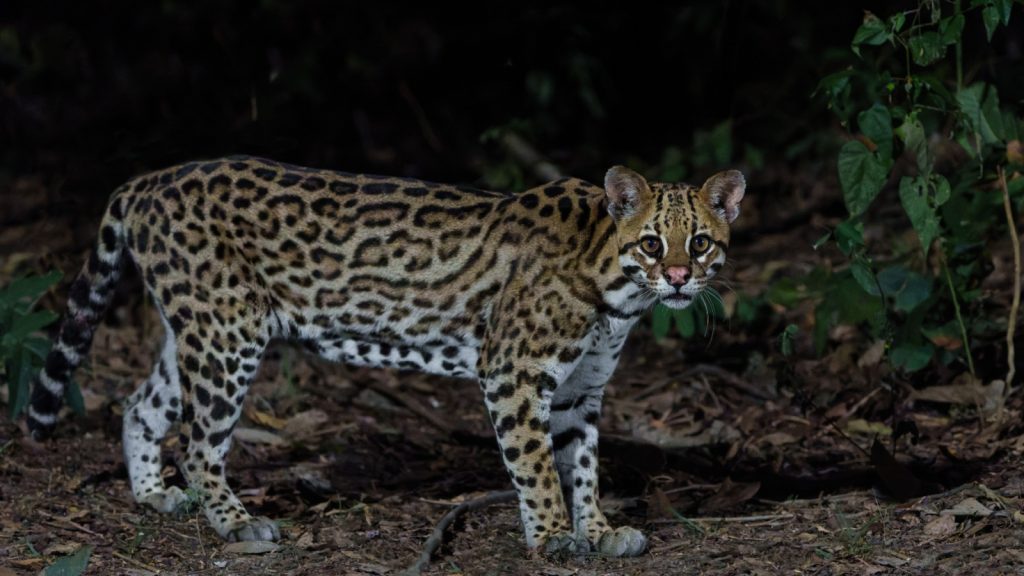
The ocelot’s distinctive spotted coat serves as perfect camouflage in their forest habitats. Their markings break up their outline, making them nearly invisible in dappled sunlight or moonlight. This helps them sneak up on prey and avoid larger predators.
Savior of Coffee Crops
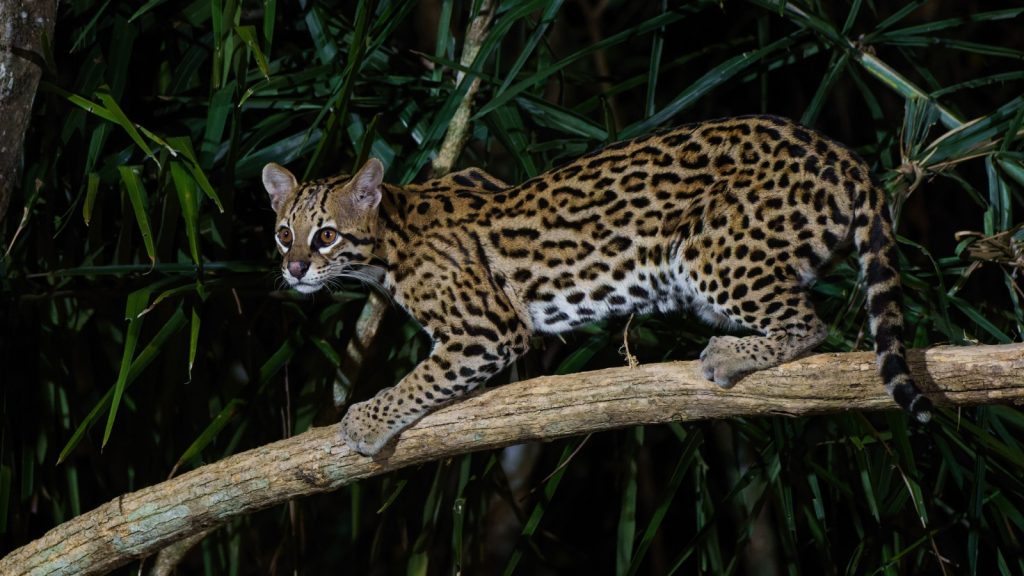
In some areas, ocelots play a crucial role in controlling rodent populations that can damage coffee crops. By keeping these pests in check, ocelots indirectly help coffee farmers. This ecological service highlights the importance of preserving ocelot habitats.
Ancient Aztec Connections
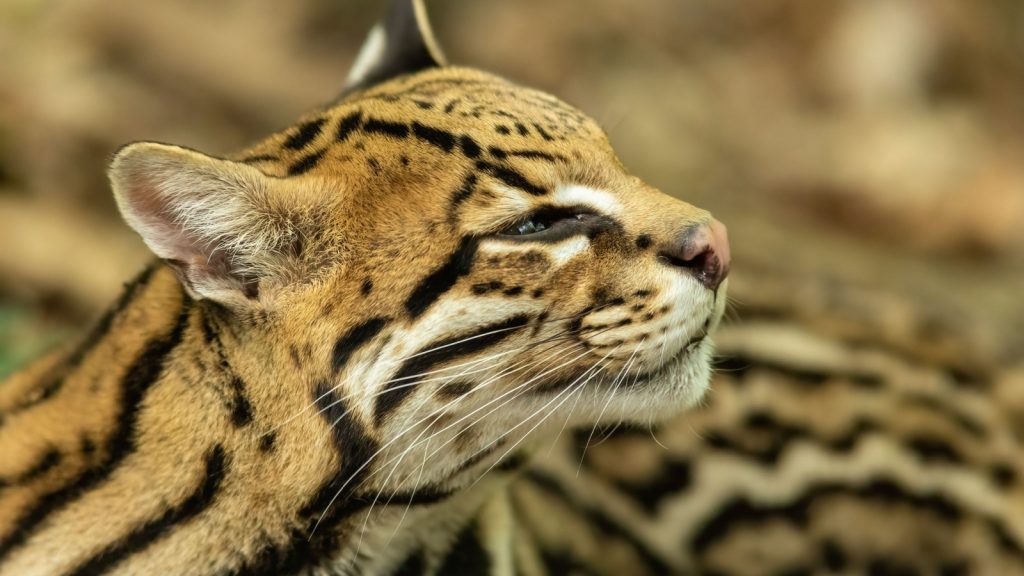
Ocelots held a special place in Aztec culture. The Aztec word for ocelot, “tlalocelot,” means “field tiger.” Aztec warriors wore ocelot skins and used their name as a title for brave soldiers. This historical significance adds to the ocelot’s mystique.
Impressive Jumpers
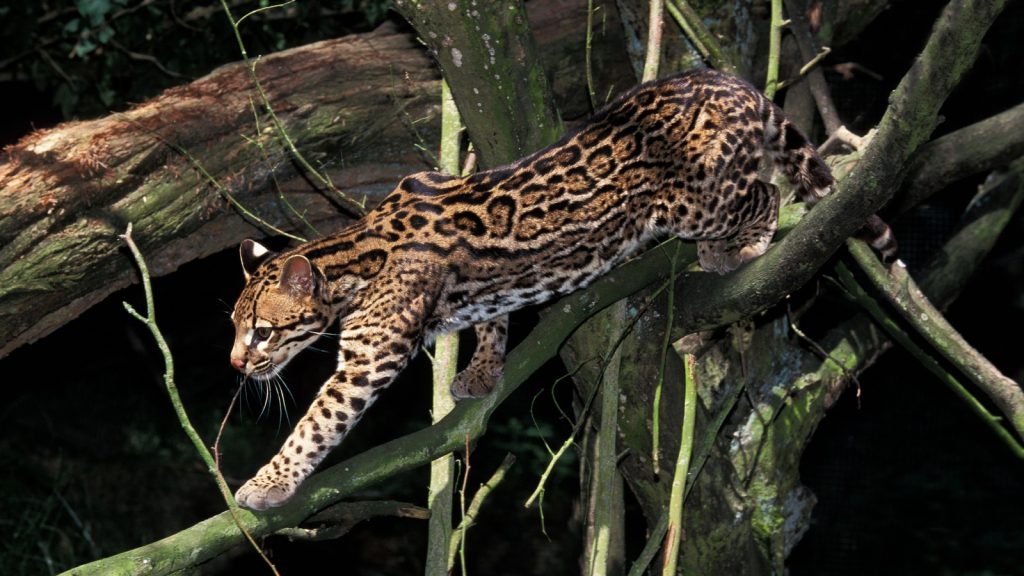
Despite their medium size, ocelots are capable of impressive leaps. They can jump up to five feet vertically from a standing position. This ability helps them catch birds and arboreal prey, as well as escape danger quickly.
Unique Nose Prints

Just like human fingerprints, each ocelot has a unique nose print. Researchers use these distinct patterns to identify individual ocelots in the wild. This non-invasive method helps scientists study ocelot populations without the need for capturing or tagging.
Habitat Loss Threats
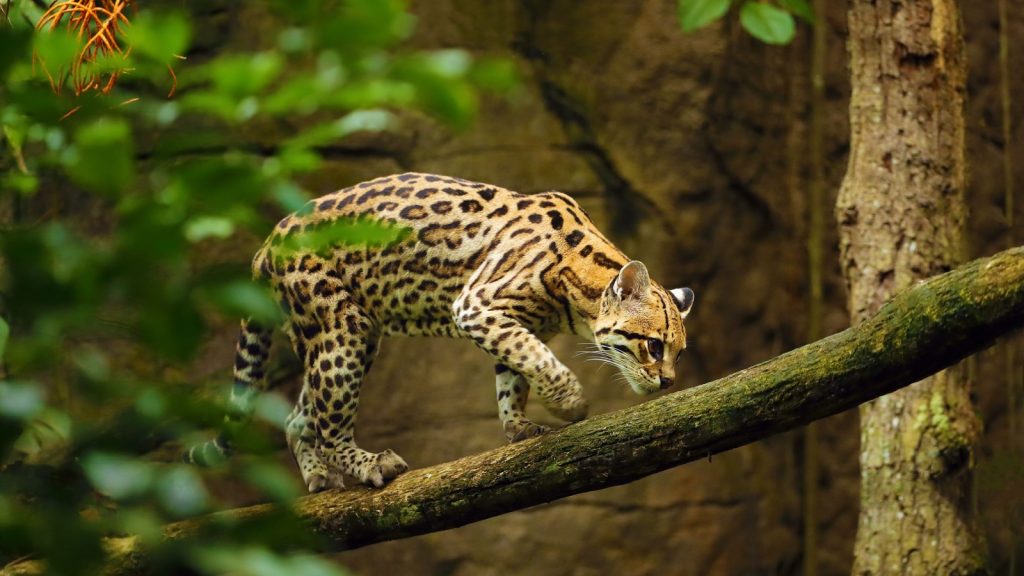
Ocelots face significant threats from habitat loss due to deforestation and human development. In the United States, there are estimated to be fewer than 100 wild ocelots remaining. Conservation efforts are crucial to ensure the survival of these beautiful cats.
Impressive Motherhood
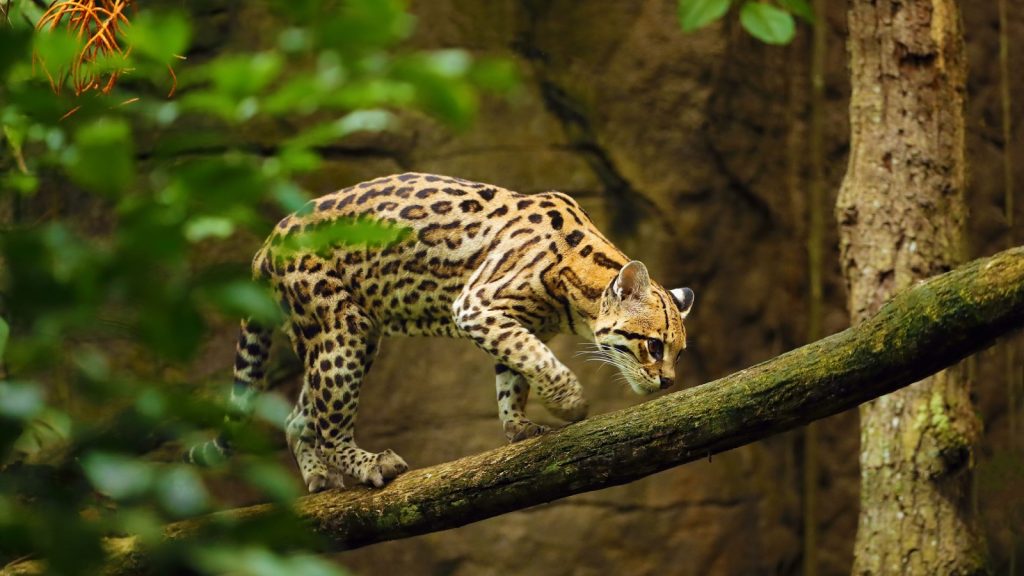
Female ocelots are devoted mothers. They typically give birth to one or two kittens and care for them for up to two years. During this time, the mother teaches her young how to hunt and survive independently.
Retractable Claws
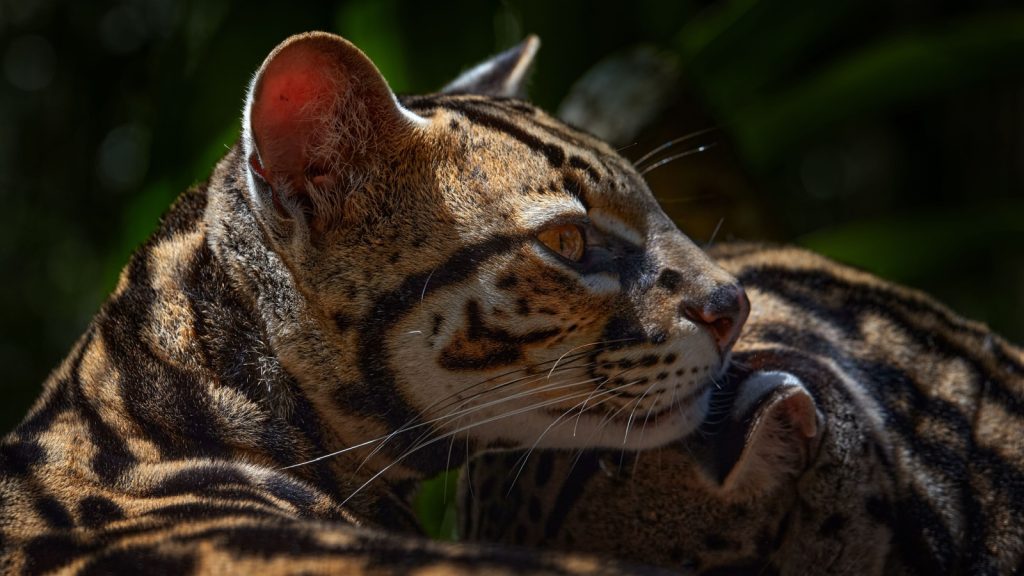
Like most cats, ocelots have retractable claws. This feature allows them to keep their claws sharp for hunting and climbing. When not in use, the claws are tucked away, protecting them from wear and tear.
Salvador Dali’s Muse
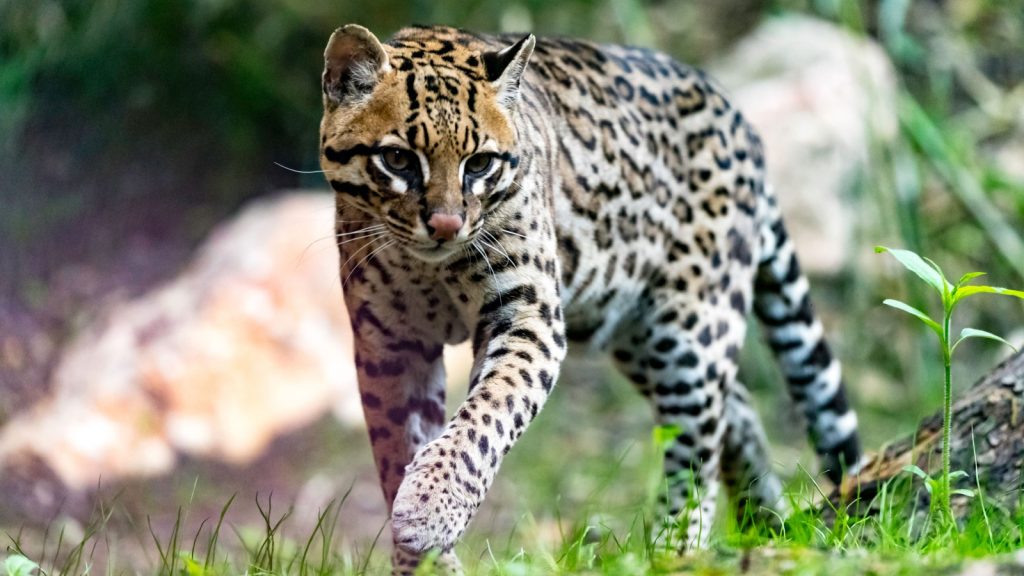
The famous surrealist artist Salvador Dali owned an ocelot named Babou. He often took his exotic pet to restaurants and social events, causing quite a stir. This quirky fact has contributed to the ocelot’s reputation as a symbol of exotic beauty and mystery.

